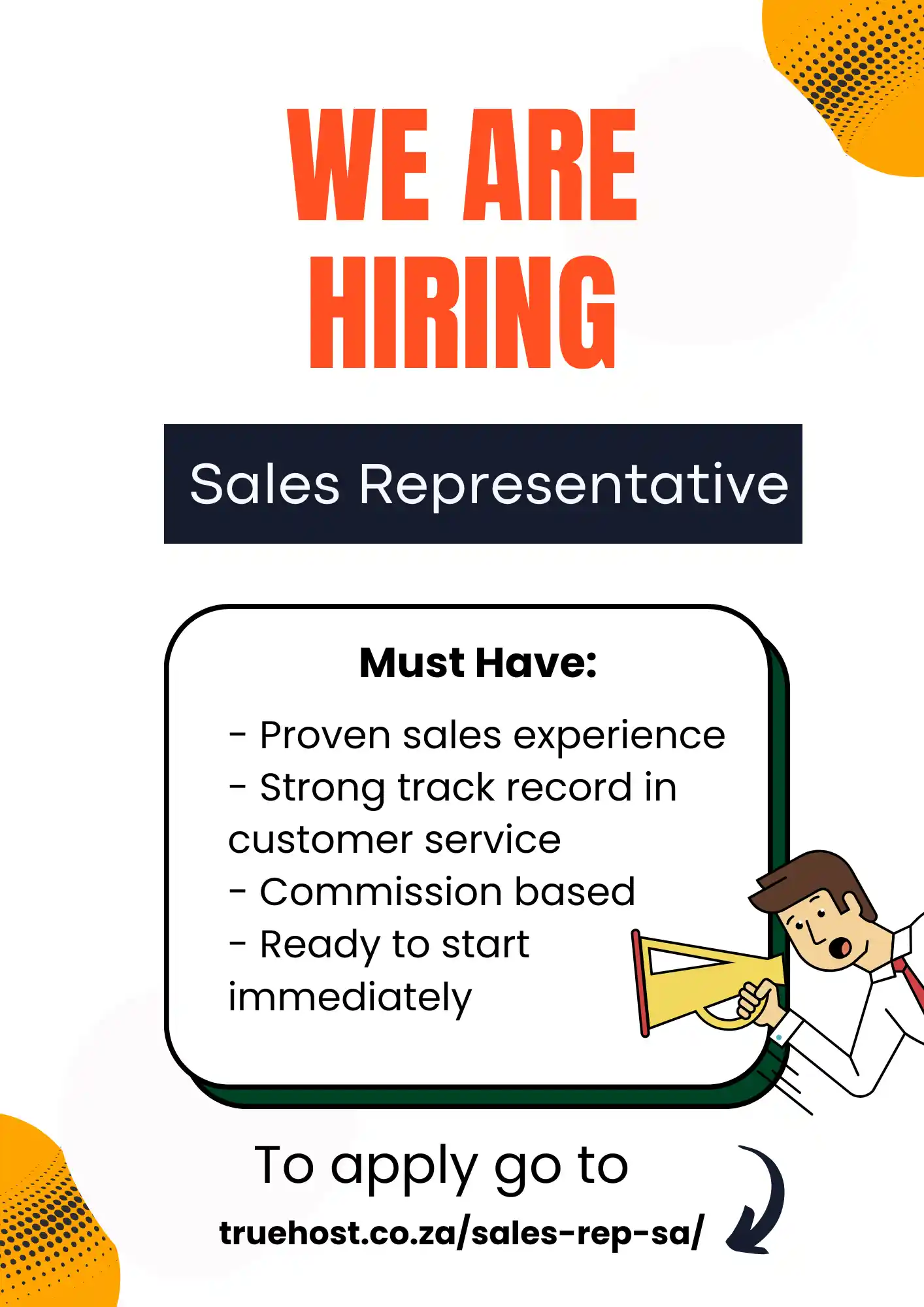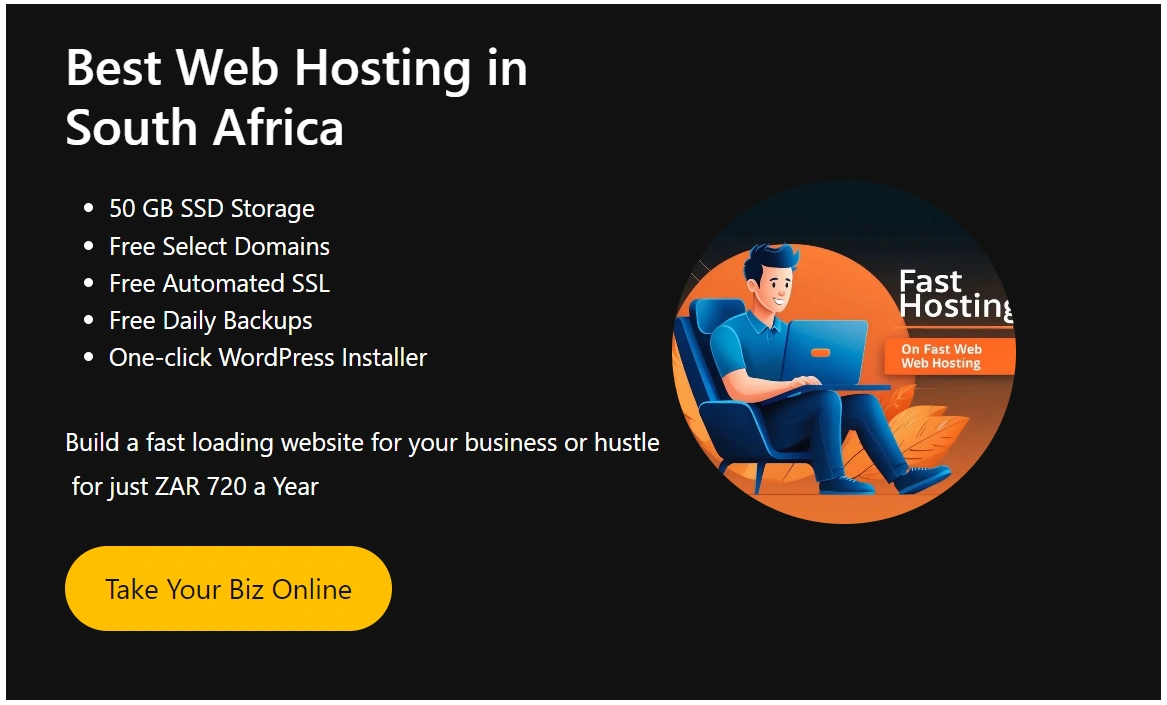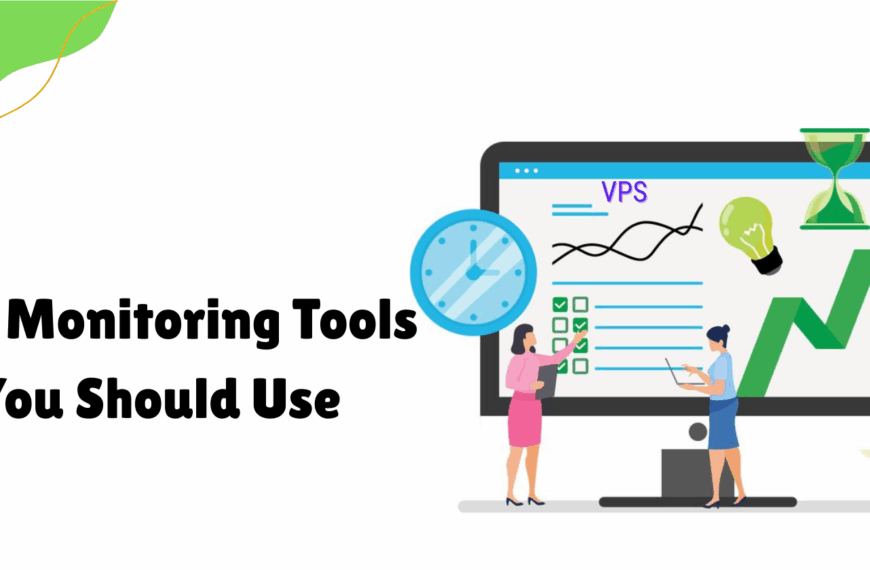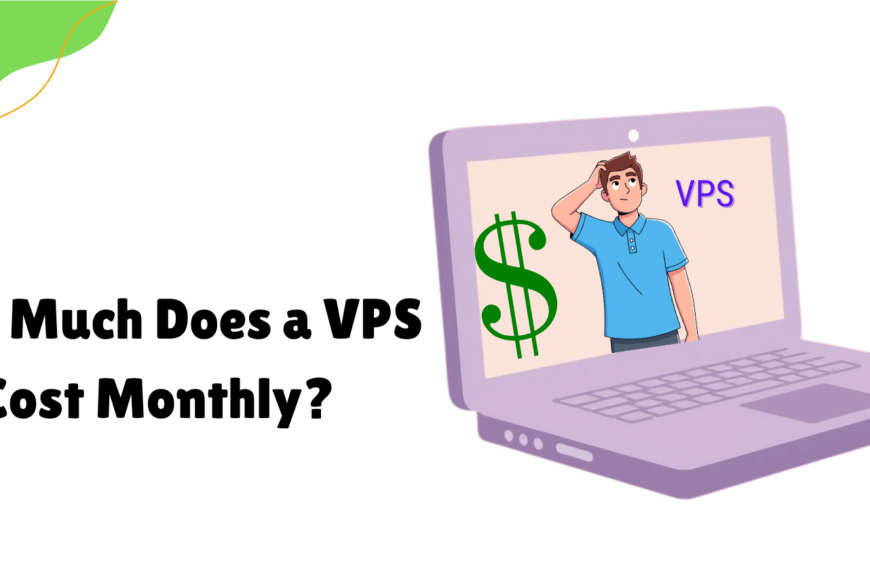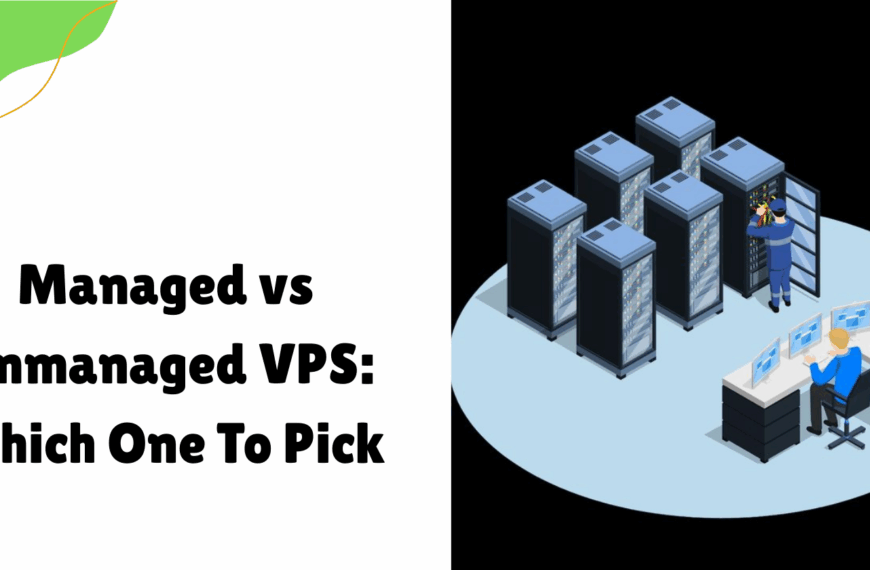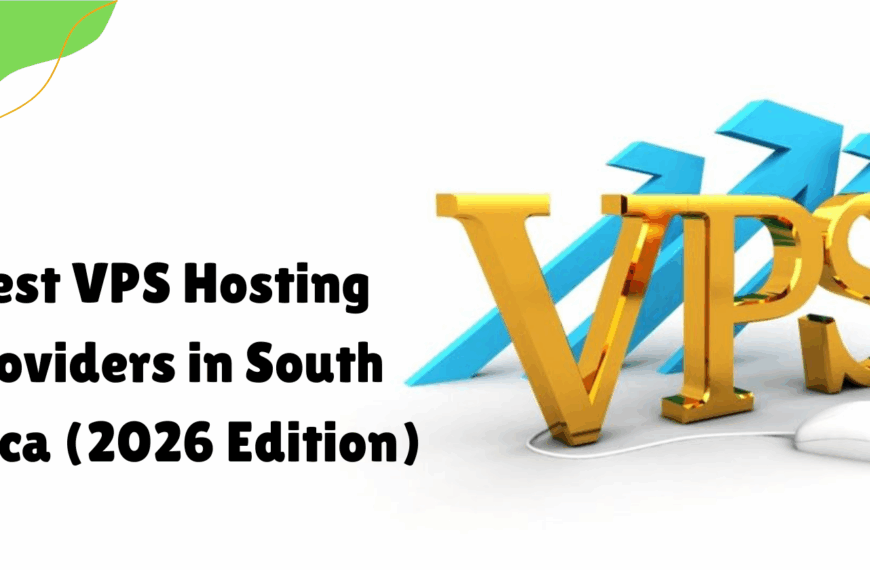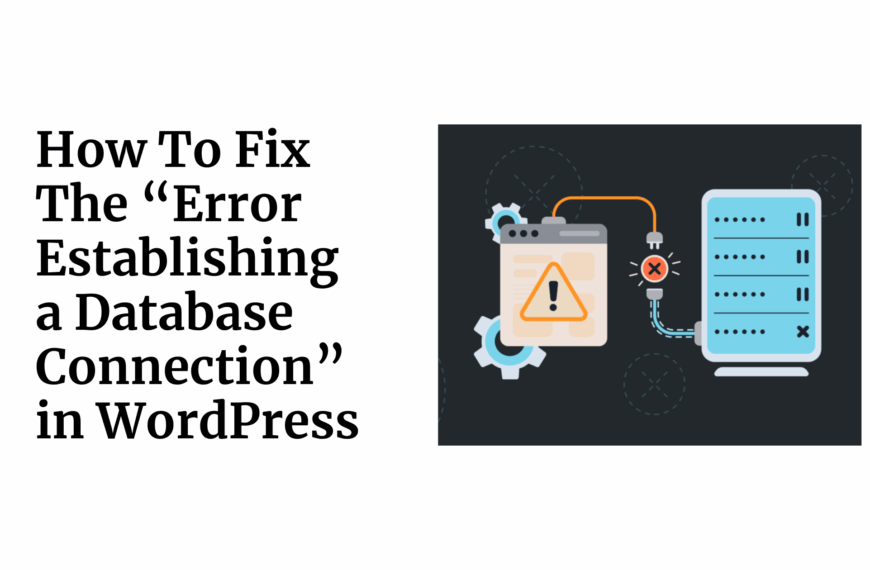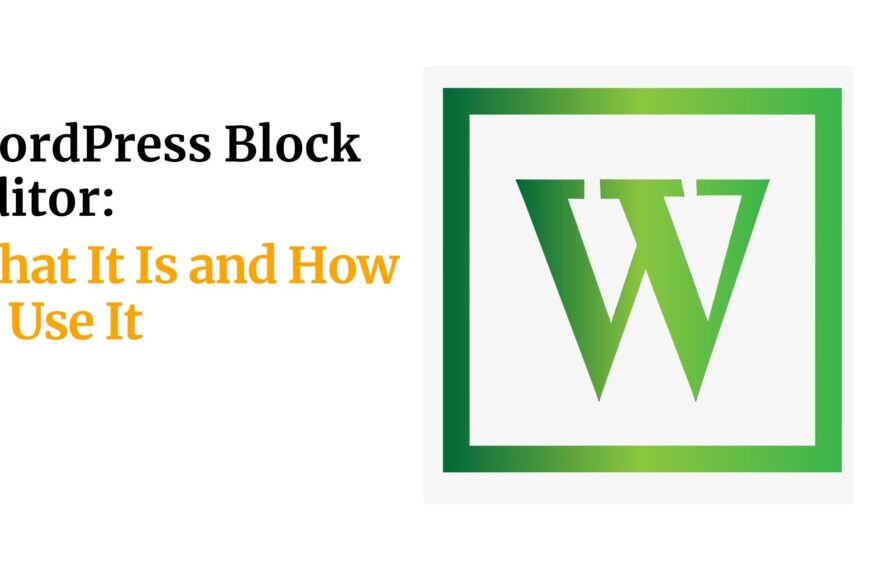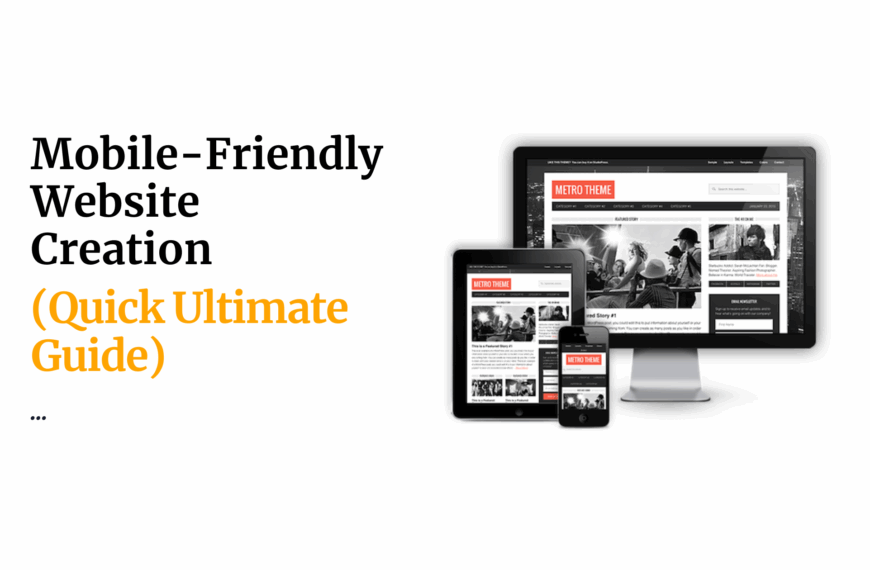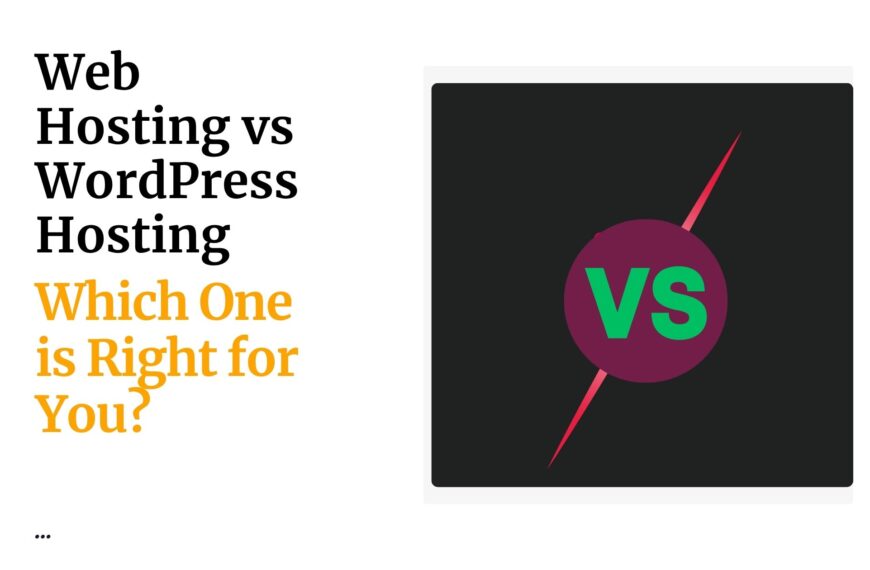Are you trying to update your website, publish new blog posts, or change how your homepage looks? Before you can do any of that, there’s one important step: you need to log in to WordPress dashboard.
It it simple as it sounds, once you know where to click and what to enter.
This beginner-friendly guide will walk you through the exact steps to access your WordPress dashboard, even if you’ve never touched a website before. No tech skills? No problem.
At Truehost SA, we know how overwhelming things can feel when you’re just getting started online.
Maybe you’ve just launched your business, or you’re finally turning that blog idea into reality. Either way, we’re here to make sure nothing stands between you and your goals.
That’s why we’ve built hosting solutions that are not only reliable, but also customized for WordPress users, so you can spend less time stressing and more time creating.
Table of Contents
What is the WordPress Dashboard?
The WordPress Dashboard is your website’s main control center. It’s the first thing you see after logging in.
Think of it as your website’s engine room. From here, you control almost everything on your site.
You can write and publish blog posts. You can create and edit pages for your website. Want to give your site a new look? You can change themes with just a few clicks. You can also install plugins to add new features.
Need to adjust your site’s title, timezone, or comments settings? That happens here too.
The dashboard also shows you site stats and notifications. You’ll know what’s happening behind the scenes, at a glance.
In short, once you log in, this is where the real work begins. It’s simple, powerful, and designed for you.
Why You Need to Log In
Your WordPress dashboard is where everything begins. It’s the control center for your entire website.
Want to write a blog post?
Change your design?
Install a plugin?
You can’t do any of that until you log in.
Logging in keeps your website safe and secure.
It makes sure only you, or the people you trust, can make changes.
“Logging in is the gate between your ideas and your online presence.”
Once you’re in, you can create, customize, and grow your site.
This is where your website truly comes to life.
How to Log In to WordPress
You’ve installed WordPress. Now, you’re ready to make your site come alive.
But before you can write your first post, install plugins, or change the design, you need to log in to your WordPress dashboard.
Let’s walk through it, step by step.
1) Open Your Login Page
Every WordPress site has its login page. By default, it’s usually found at one of these URLs:
- yourdomain.co.za/wp-admin
- yourdomain.co.za/wp-login.php
📌 Example: If your domain is mystore.co.za, then your login page is likely:
mystore.co.za/wp-admin
Tip: Bookmark this page. You’ll need it often.
2) Enter Your Username or Email
You’ll land on the login screen. It has two empty fields.
The first one is for your username or email address. This is the same info you used when you first installed WordPress.
- If you set up the site yourself, you created a username during the process.
- If someone else installed it for you, they may have emailed you your login details.
- You can also use the email linked to your admin account. It works the same way.
✅ Just type in your exact username or email address.
No spaces. No typos.
3) Enter Your Password
The second field is for your password. This is the password you chose when setting up your site.
If you’re using a password manager (like LastPass or Bitwarden), you can auto-fill it here. Otherwise, type it in manually, making sure everything is correct.
Important: Passwords are case-sensitive. That means “Admin123” is different from “admin123”.
If you’re not 100% sure about your password, it’s okay. There’s a way to reset it, which we’ll cover below.
4) Click the “Log In” Button
Now that both fields are filled out, click the “Log In” button.
If your details are correct, WordPress will redirect you to the dashboard.
It’s the control panel of your entire website.
Welcome to the backend of your site. This is where everything happens — content, design, security, and growth.
What If You Forget Your Password?
It’s more common than you think. Almost every WordPress user forgets their password at some point.
Luckily, WordPress makes it easy to reset.
1) Click “Lost your password?”
Go back to the login screen.
Right below the password field, you’ll see a link: “Lost your password?”
Click that.
You’ll be taken to a page where you can reset your login credentials.
2) Enter Your Username or Email
Next, you’ll be asked to enter your username or admin email.
This is how WordPress identifies your account.
Once entered, click the “Get New Password” button.
3) Check Your Email
WordPress will send a password reset link to your email address. This link usually arrives within a few minutes.
💡 If you don’t see it, check your spam or junk folder.
The subject line will usually say something like: “Password Reset Request for [Your Site Name].”
4) Create a New Password
Click the reset link in your email.
You’ll land on a screen where you can type a brand-new password.
Make sure it’s strong, but easy for you to remember.
Here’s a simple tip:
Use a combination of uppercase letters, numbers, and symbols.
Example: BloggingHero#2025
Once saved, go back to the login screen and use your new password to log in.
Optional: Stay Logged In with “Remember Me.”
You’ll notice a small checkbox on the login screen labeled “Remember Me.”
If you check this box before clicking “Log In,” WordPress will keep you signed in.
Even if you close your browser, your session stays active for days or weeks.
This is helpful if:
- You use your laptop or phone
- You log in often and want to save time
However, avoid using it on:
- Shared computers
- Public or office networks
- Cyber cafés or coworking spaces
For security, always log out on devices that aren’t yours.
Pro Tip: Log In via Truehost cPanel (If You Forget Everything)
If you’re using Truehost SA’s WordPress Hosting, there’s an even easier way to log in, without needing your password.
Here’s how:
- Log in to your Truehost client area
- Click on your hosting plan
- Go to cPanel
- Find Softaculous Apps Installer
- Click on WordPress
- Look for your domain, then click the “Login” button
Boom. You’re in, no password needed.
Common Login Issues and How to Fix Them
Logging into WordPress should be easy. But sometimes, things go wrong.
You click, wait… and nothing happens.
Here’s a guide to the most common login problems, and how to solve each one.
1) Incorrect Username or Password
This is the number one reason people can’t log in.
It happens to beginners and experienced users.
Here’s what to check:
- Make sure you typed your username or email correctly
- Watch out for typos, spaces, or autocorrect errors
- Passwords are case-sensitive, so “WordPress123” and “wordpress123” are different
Solution:
Click “Lost your password?” on the login page.
Enter your email and check your inbox for the reset link.
If you don’t see it, check your spam or promotions folder.
Still not getting the reset email? Contact your hosting provider (like Truehost SA) to check if emails are being blocked or delayed.
2) Browser Cache or Cookie Conflicts
Your browser saves temporary data (called cache and cookies) to speed things up.
But over time, that stored data can interfere with how pages load, especially WordPress login pages.
You might see:
- The page reloads without logging you in
- You keep getting redirected to the login page
- You log in, but the dashboard won’t load
Solution:
- Clear your browser’s cache and cookies
- Try incognito/private mode
- Switch to a different browser (e.g., from Chrome to Firefox)
- Make sure JavaScript is enabled in your browser settings
This often solves odd login loops and display glitches.
3) Security Plugins or Firewall Blocking You
Ironically, security tools meant to protect your site can sometimes block you.
Especially if they think your login attempt looks suspicious.
You might get an error like:
- “Access Denied”
- “403 Forbidden”
- Or a blank white screen (called the White Screen of Death)
Why it happens:
- Too many failed login attempts
- Logging in from a new device or location
- Certain IP addresses being blacklisted
Solution:
- If you can access your site files (via FTP or cPanel), disable the security plugin manually
- Rename the plugin’s folder (e.g., change wordfence to wordfence_disabled)
- This will deactivate the plugin and let you log in
Not comfortable with FTP? Reach out to Truehost SA’s support. Our team can help reset access or guide you through the steps.
4) Site Is Down or Unreachable
If your site won’t load at all, the issue might be with your hosting, not your login details.
This could be due to:
- Server downtime
- Site hitting resource limits (CPU, bandwidth, memory)
- A misconfigured plugin or theme causing a crash
- Domain name not pointing to the correct server
How to check:
- Try opening your site on your phone or another device
- Use tools like DownForEveryoneOrJustMe.com
- Try logging into your Truehost SA Client Area and check for server notices
Solution:
- If the site is truly down, contact Truehost SA’s support team immediately
- We’ll run diagnostics and get your site back online
- You can also check your cPanel > Metrics to see if you’ve hit limits
Secure Your WordPress Login
Once you know how to log in to WordPress, it’s important to also think about security.
Protecting your login page is vital to keep your website safe from unauthorized access.
Here are some quick tips:
- Strong Passwords: Always use strong, unique passwords that combine uppercase and lowercase letters, numbers, and symbols.
- Limit Login Attempts: Install a security plugin that limits the number of login attempts. This prevents brute-force attacks.
- Two-Factor Authentication (2FA): Consider adding 2FA for an extra layer of security. This requires a second verification step, usually via your phone, in addition to your password.
- Regular Updates: Keep your WordPress core, themes, and plugins updated. Updates often include security fixes.
Conclusion
Knowing how to log in to WordPress is basic, but crucial.
Once you’re in, you have full control over your site’s design, content, and growth.
Whether you’re creating a blog, online store, or portfolio, the dashboard is where it starts.
If you haven’t yet launched your site, start with a hosting plan that works for you. We at Truehost SA make it simple, and affordable.
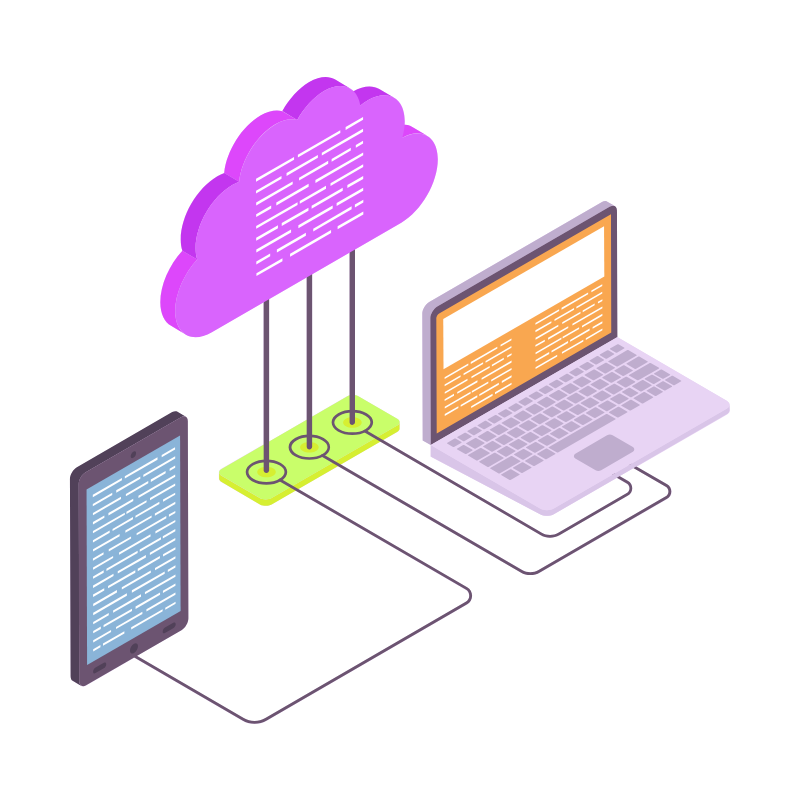 Web Hosting
Web Hosting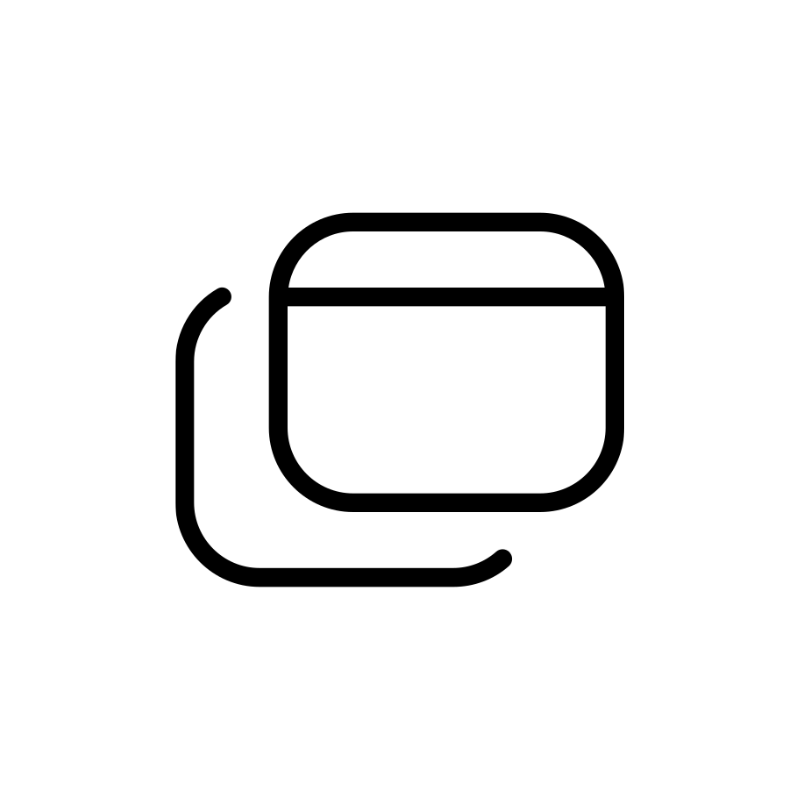 Windows HostingBuilt for Windows apps and websites – stability, speed and flexibility
Windows HostingBuilt for Windows apps and websites – stability, speed and flexibility Reseller HostingLaunch a hosting business without technical skills or expensive infrastructure
Reseller HostingLaunch a hosting business without technical skills or expensive infrastructure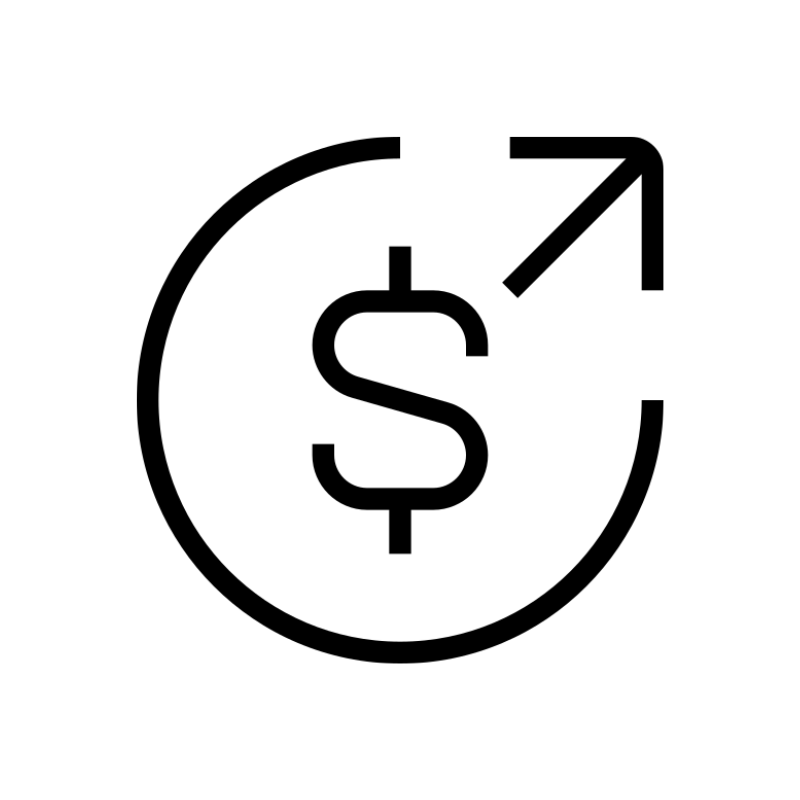 Affiliate ProgramRefer customers and earn commissions from sales across our platform
Affiliate ProgramRefer customers and earn commissions from sales across our platform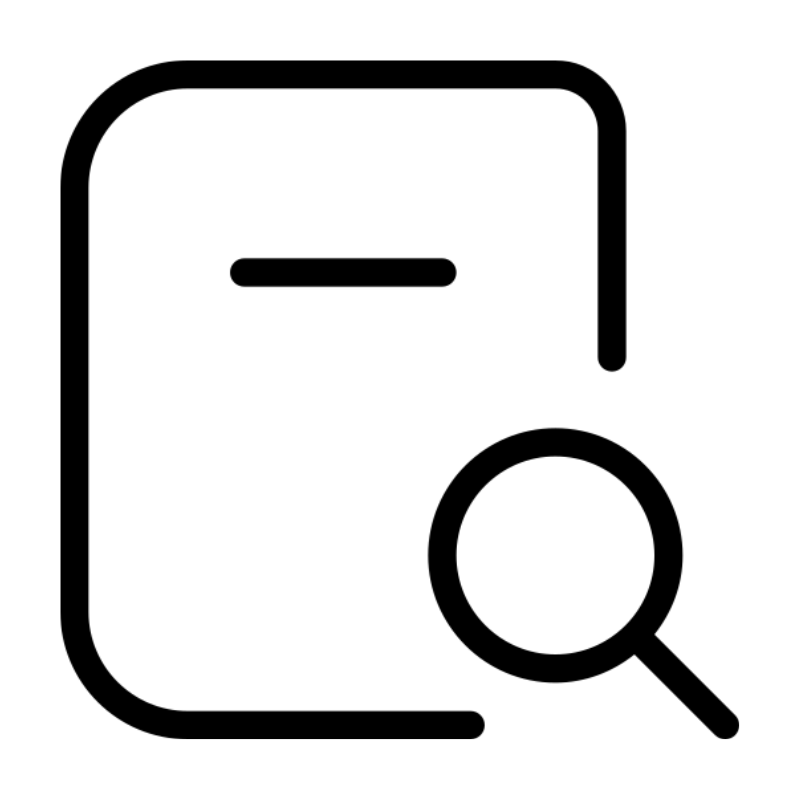 Domain SearchFind and secure a domain name in seconds with our quick lookup tool
Domain SearchFind and secure a domain name in seconds with our quick lookup tool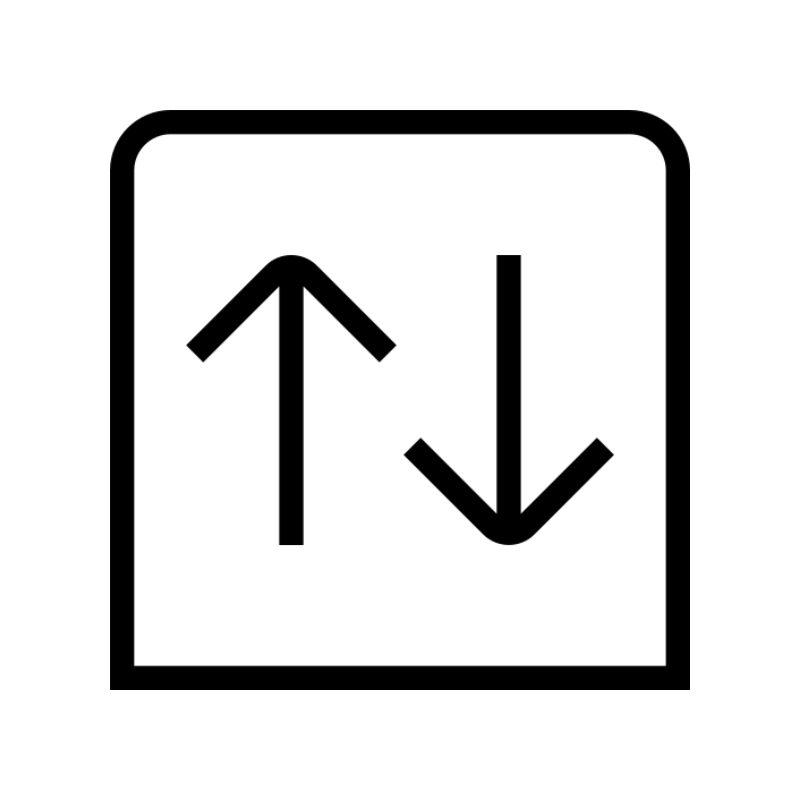 CO ZA Domains
CO ZA Domains All DomainsExplore domain names from over 324 TLDs globally – all in one place
All DomainsExplore domain names from over 324 TLDs globally – all in one place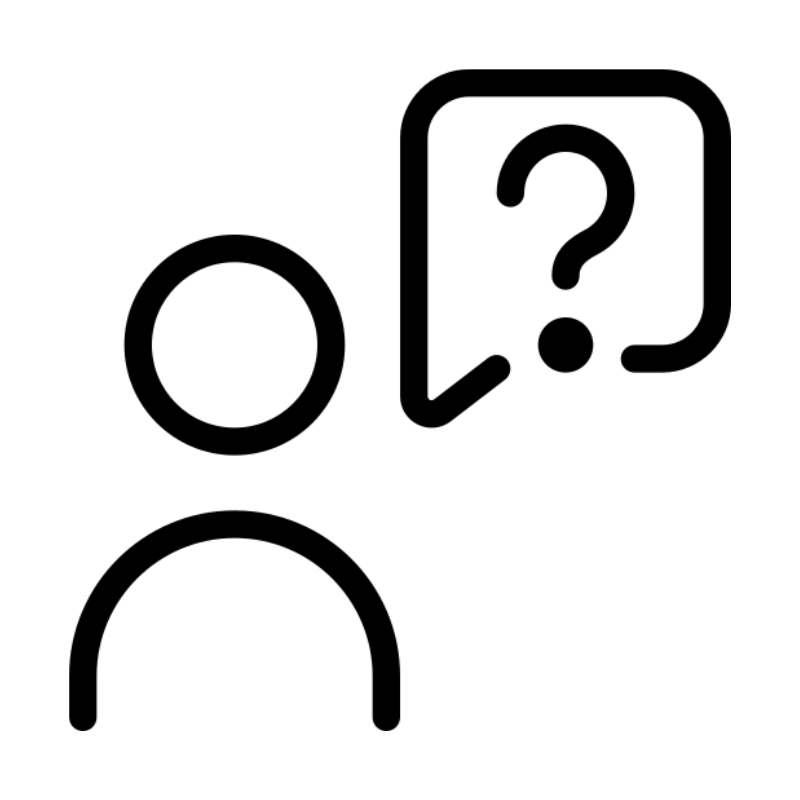 Free Whois Lookup Tool South Africa
Free Whois Lookup Tool South Africa VPS
VPS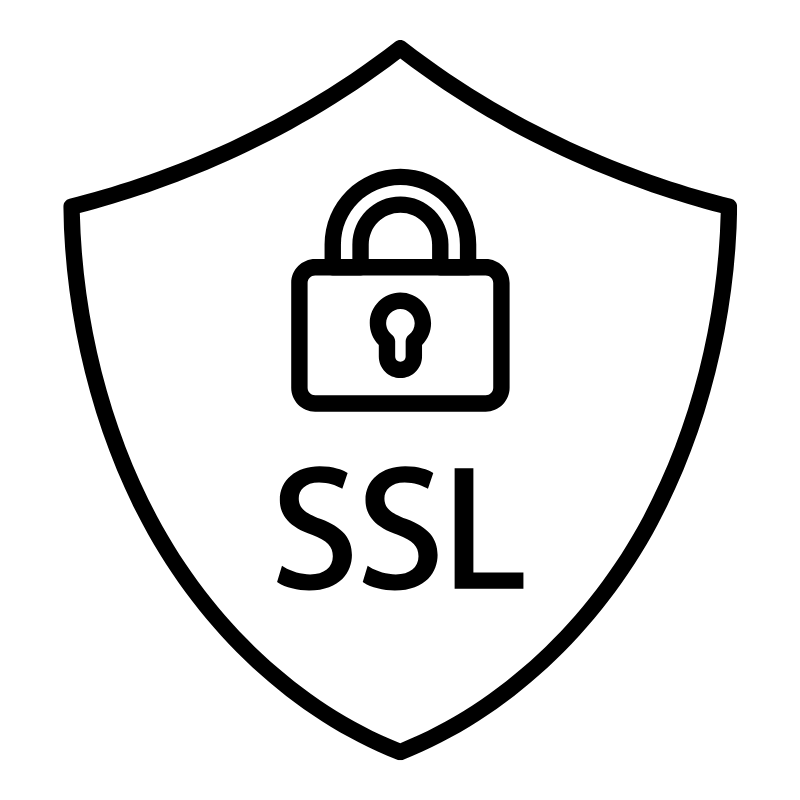 SSLs
SSLs